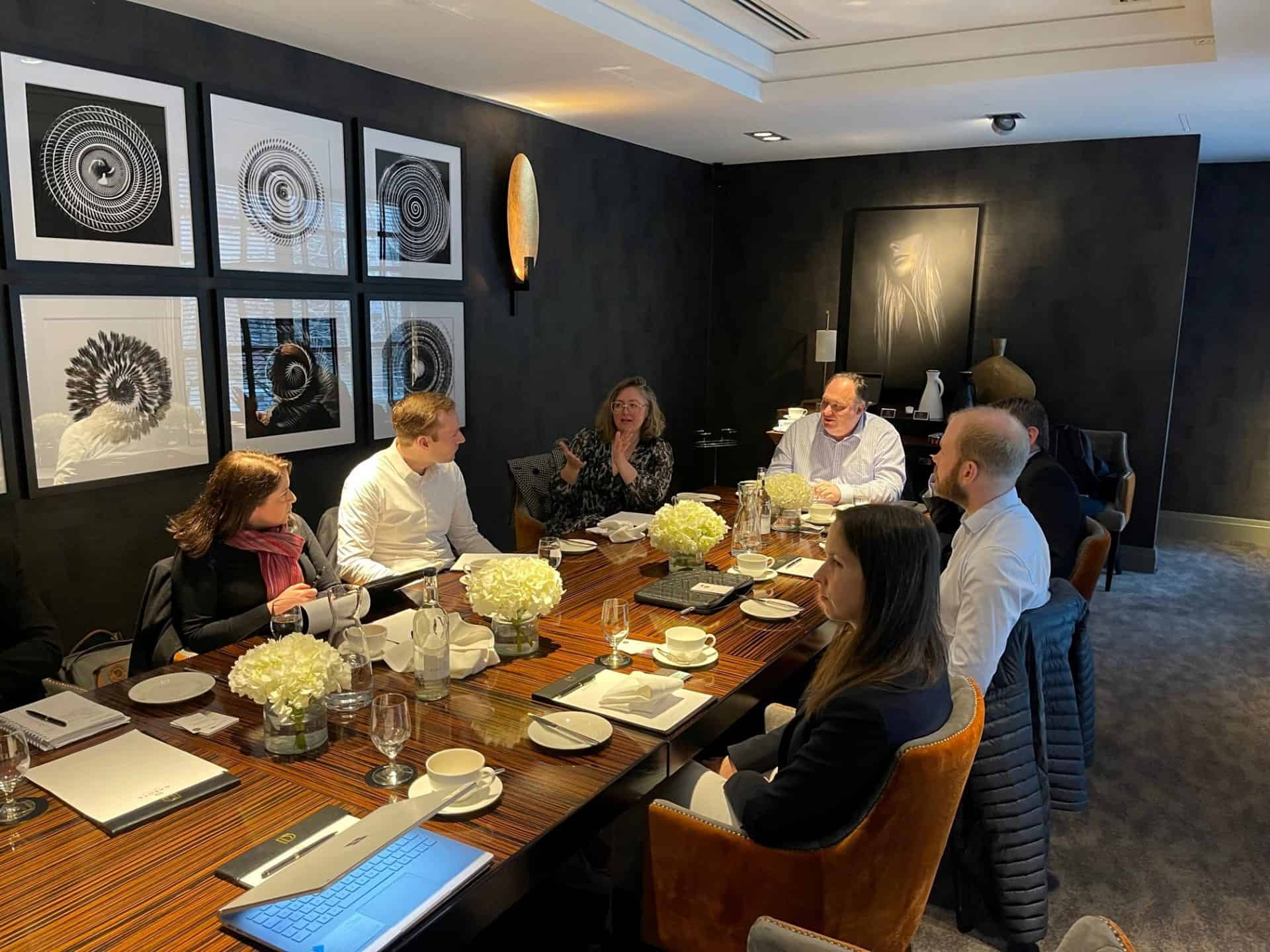The net zero carbon agenda has left many businesses up and down the country wondering what this means for the future of the buildings they own or occupy.
Central to this agenda, alongside the imperative to dramatically cut the emissions associated with buildings, is the issue concerning the level of investment required to achieve zero carbon buildings. Should they cost more? How do you measure a return on investment? What is value? And what is ultimately stopping us?
These were the questions recently debated by our customers in a two-part series of roundtables focussing on the cost of sustainable refurbishment.
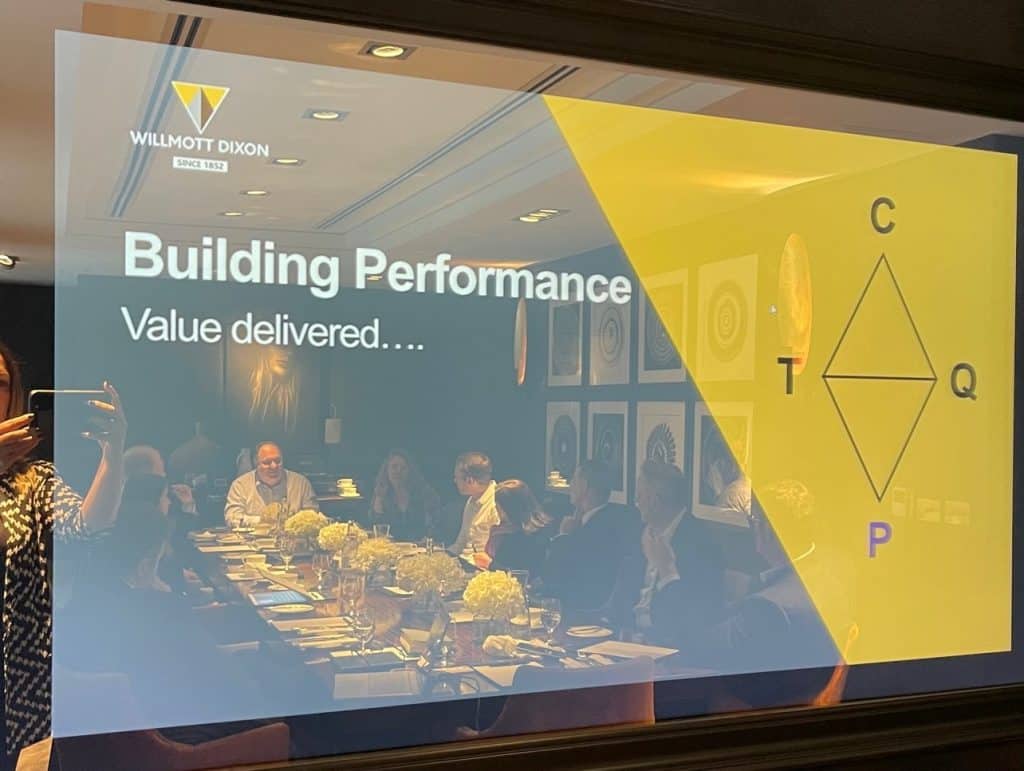
Our roundtable events focussed on whether sustainable and Net Zero Carbon refurbishment should cost more.
The uncertainty within the industry and throughout the world at this moment in time suggests the context in which we need to deliver more sustainable buildings is now more challenging than ever – and comes at a time when they are needed the most. Material costs are rising, green collar skills are at an all-time low relative to demand, and general market conditions remain strained as we recover from a global pandemic. These were just some of the principal issues several of our customers felt were limiting our industry’s current ability to meet its net zero carbon commitments.
Our customers also reflected on the role that green building standards play in improving the transparency of building energy performance during occupation. The NABERS rating scheme for commercial buildings, the Better Building Partnership’s Designing for Performance standard, and the recently updated CIBSE TM54 technical guidance on operational energy, as examples, all point towards a direction of travel that favours improvements in our understanding of how buildings perform in operation when compared to their design intent. Our customers acknowledged the need to better understand building performance, which was critical for success and made good business sense from an operating cost perspective.
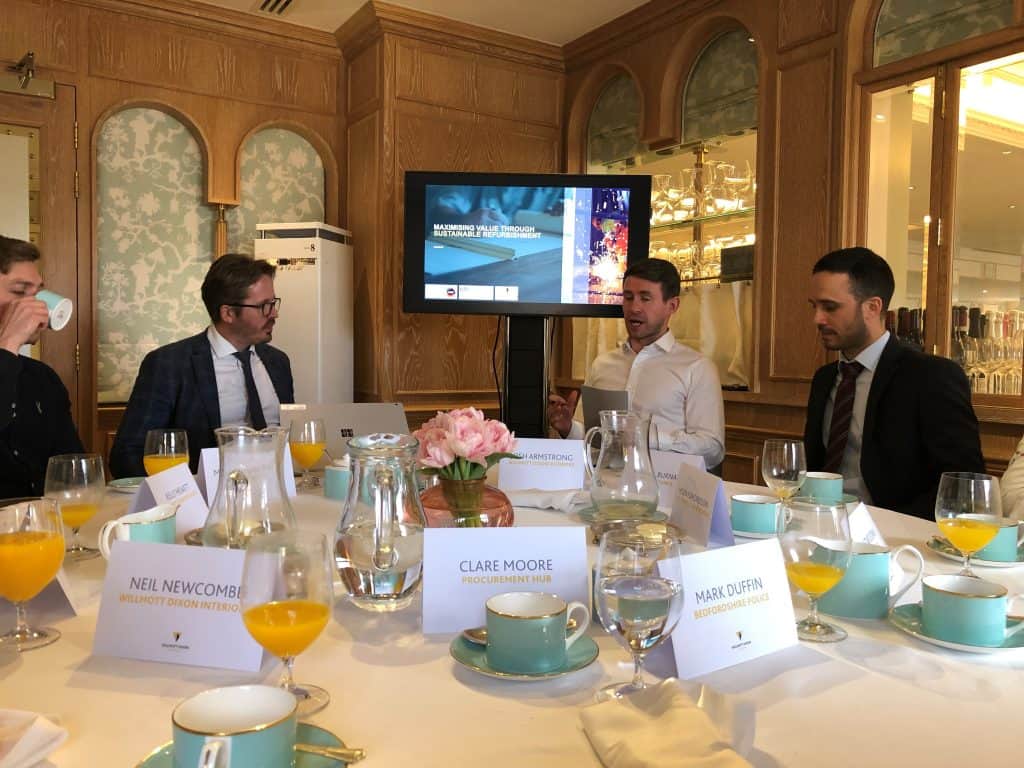
Our roundtable held at Fortnum & Mason in London.
One customer pointed out that whilst understanding the performance of a building in use is important, achieving a credible energy usage intensity (EUI) presented a completely different challenge altogether. This is especially true in the context of existing buildings. Listed features, uncompromising building fabrics, and unconventional configurations coupled with the challenge of integrating new technology into older buildings represented a significant barrier to achieving net zero carbon. Rectifying many of these issues can contribute significantly to the capital cost but should not be overlooked.
The fact that existing buildings are individually unique was also discussed as a key factor in influencing sustainability and cost. Design scopes and budgets differ significantly from project to project, and are influenced by existing characteristics such as age, location, or footprint. It is very difficult to integrate Solar PV onto a building that does not have a suitable roof space or appropriate orientation, suggested one customer. However, the rate at which technology is improving, coupled with many of the financial incentives that now exist, such as government funds in the public sector, make many of these solutions more attainable and attractive for customers.
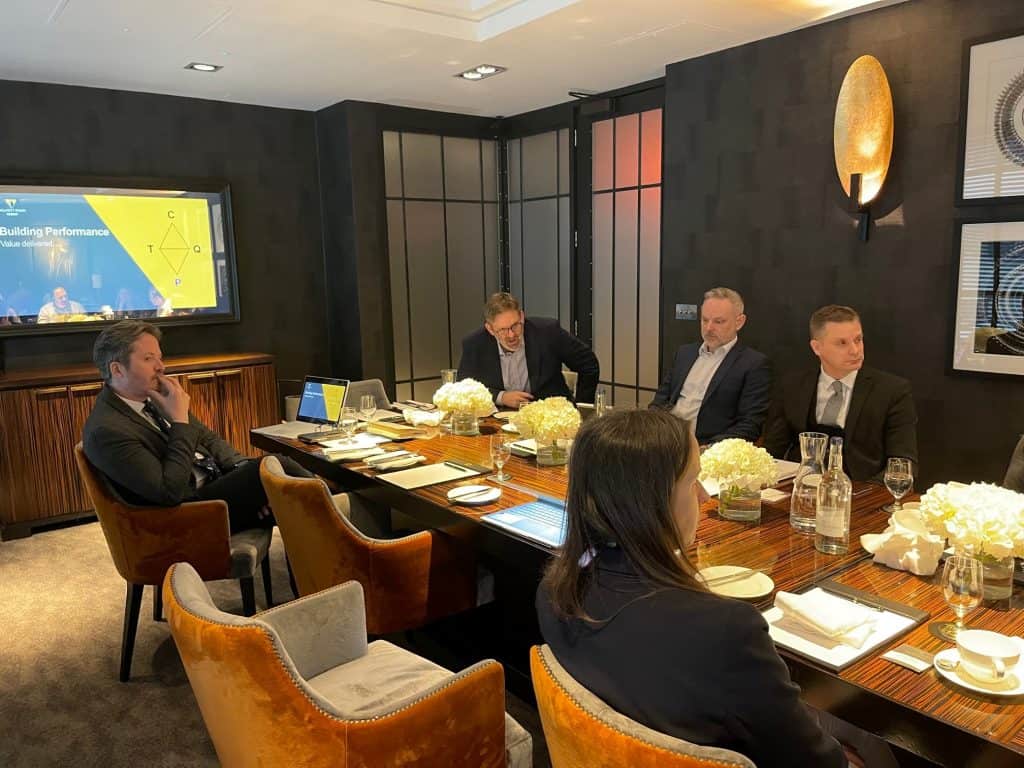
Our roundtable event at the Dakota Hotel in Leeds
Providing early certainty on what is realistically achievable is critical and helps to avoid future changes to the design. Late changes through value-engineering, for example, can risk compromising overall building performance or the original vision for the project. Many of our customer remarked on the fact that refurbishment projects face a unique set of challenges, which are difficult to predict. Left unmanaged they risk jeopardising the final design and budgeting stages. Managing customer expectations is therefore critical, alongside being transparent about risks and costs.
Despite many of the recognised challenges observed throughout the discussion, the overall sentiment expressed was that, when all things were considered and if armed with reliable sources of information on design, cost and value over the life of an asset, a truly sustainable refurbishment represented the best return on their investment. For many in attendance, interpreting the value of sustainable refurbishment meant accepting that the cost should be simply seen as different, rather than more. In an ideal world, the long-term benefits of having a highly efficient, best-in-class building that supports the wellbeing and productivity of its occupants would (should) outweigh any short-term pain in capital financing.
Some additional takeaways from the conversations have been summarised as follows:
- Early contractor engagement often results in more positive outcomes being achieved; risks are better understood, and cost certainty is achieved earlier
- Operational energy performance is critical. Contractors and designers must continue to support customers during the in-use phase – e.g. monitoring performance
- Reviewing operational cost alongside capital cost considerations is still fragmented, but can help customers to understand ‘true value’ over the entire life of an asset if managed effectively
- Credible evidence (data) to help justify some sustainable design choices is still in its infancy but is essential to help justify the business case moving forward
- Embodied carbon is a significant challenge, and the industry needs to do more to educate customers as well as influence appropriate design decisions
Willmott Dixon Interiors wants all its major refurbishments to be net zero carbon in operation by 2030. If you would like to know more about this ambition, or our other decarbonisation services, please contact simon.tranter@willmottdixon.co.uk.
Our roundtable events were hosted by representatives from our frameworks team, Josh Armstrong (London) and Jolene McLaren (Leeds), along with our head of sustainability, Simon Tranter.
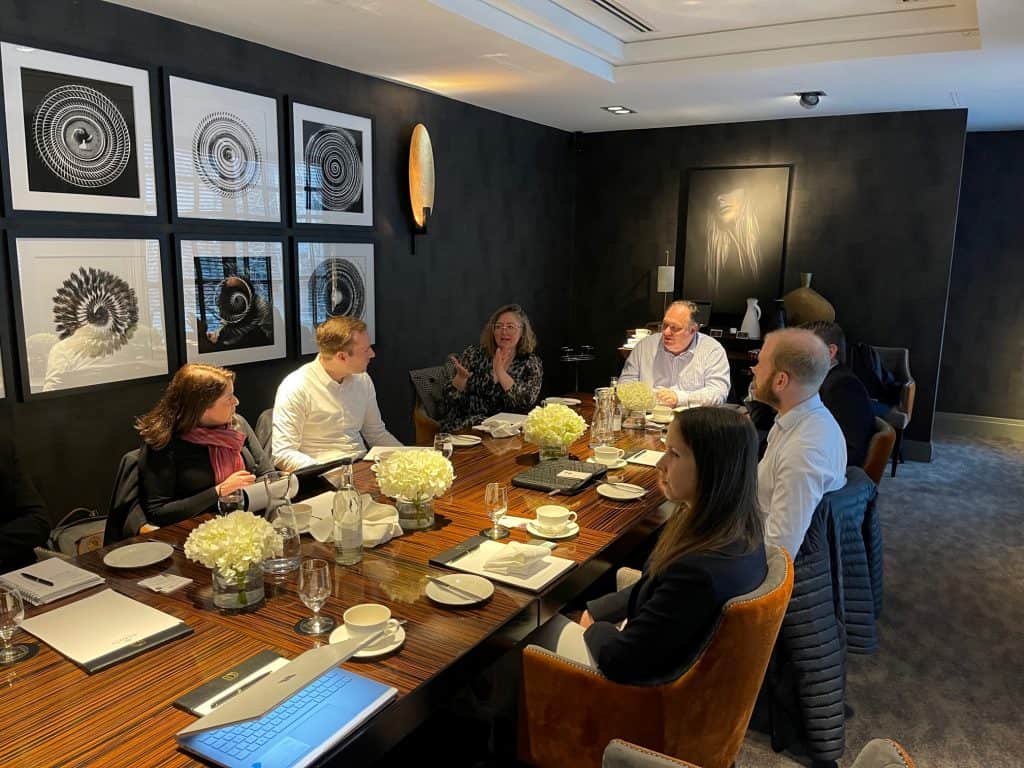
Our roundtable event in Leeds.
